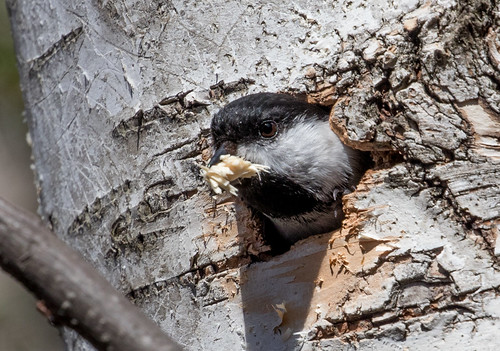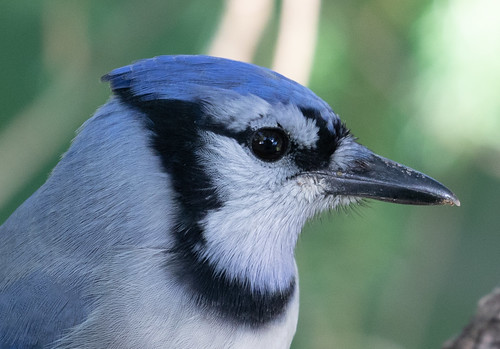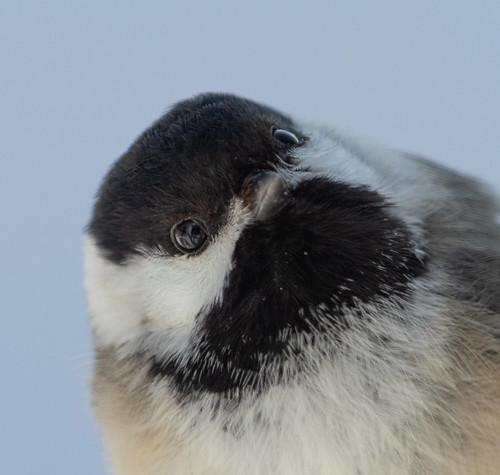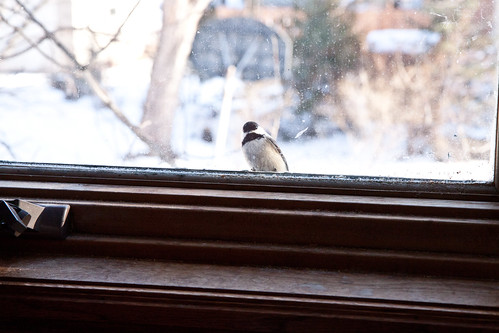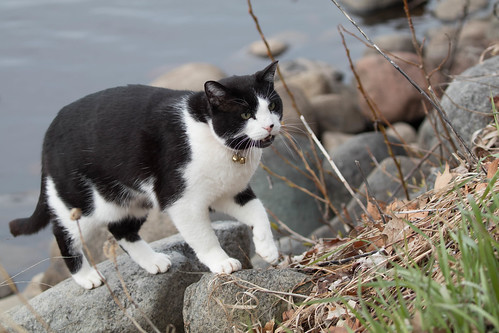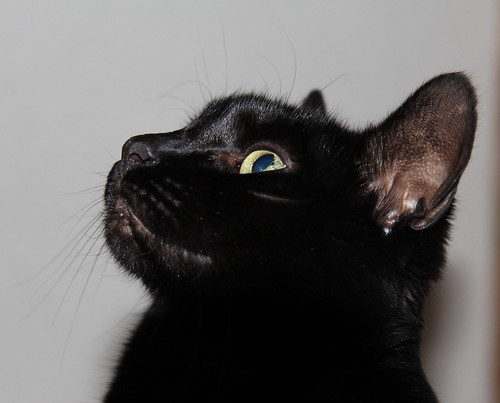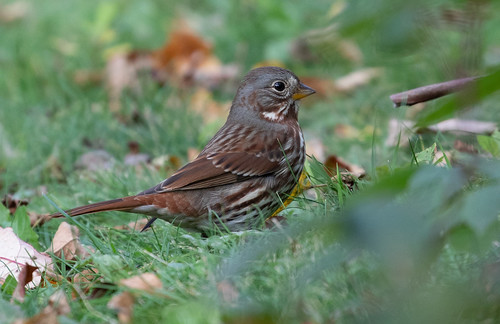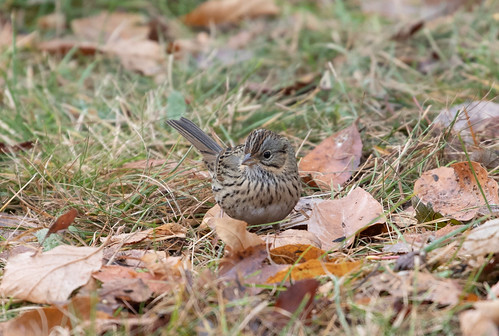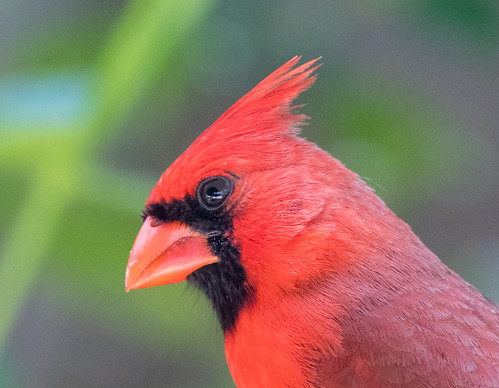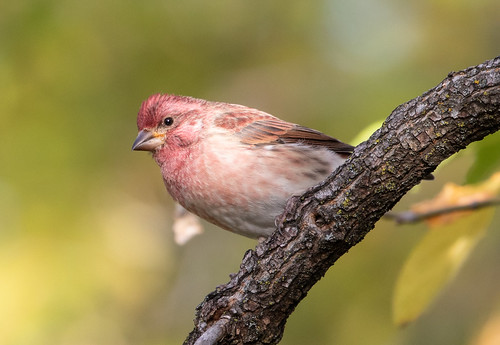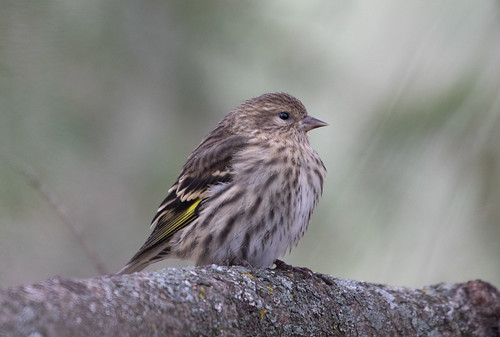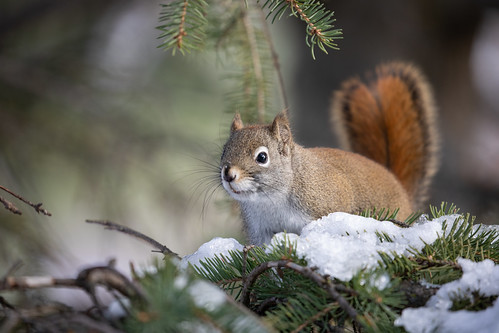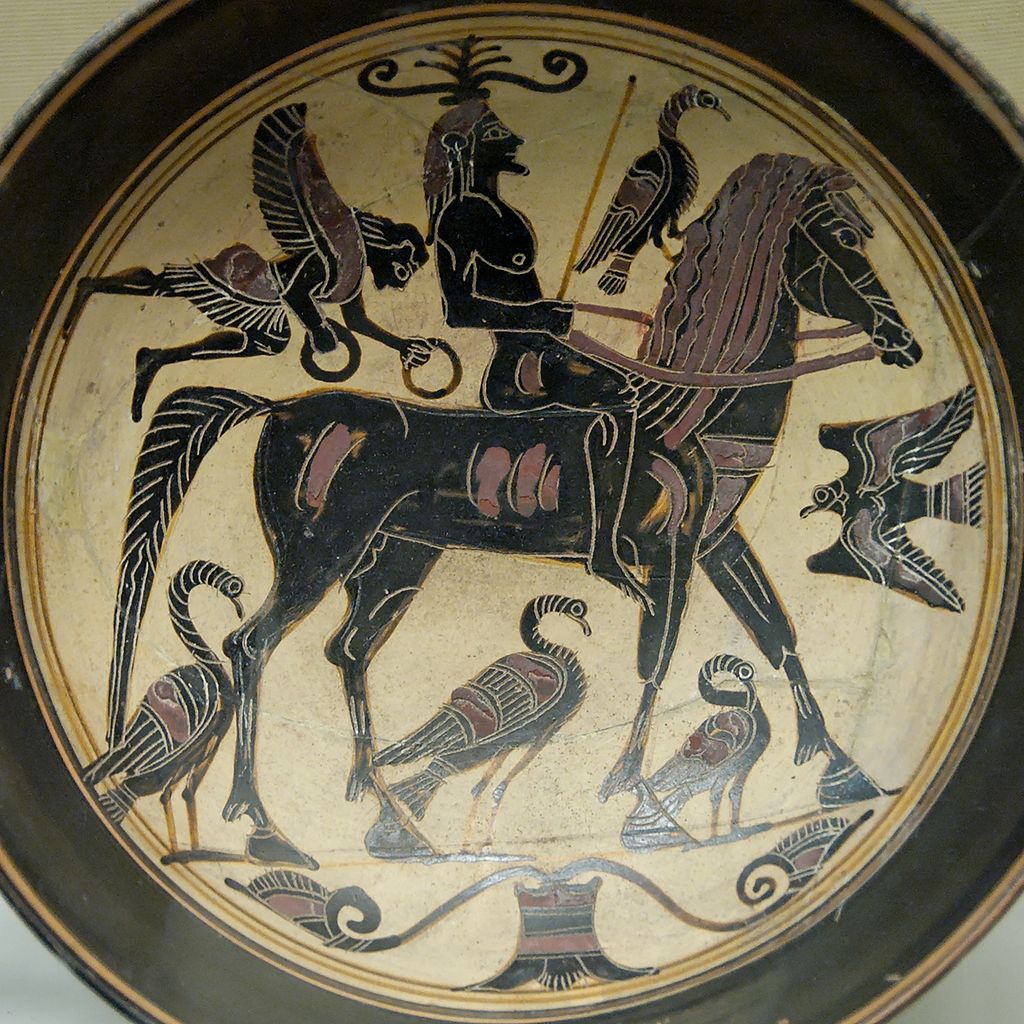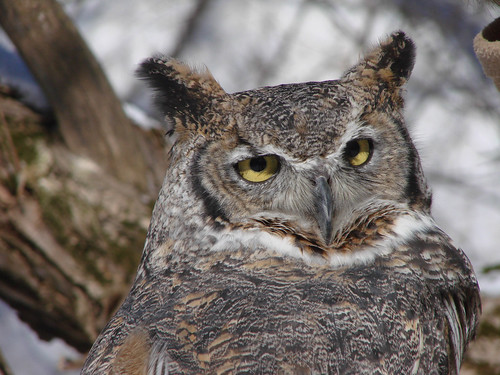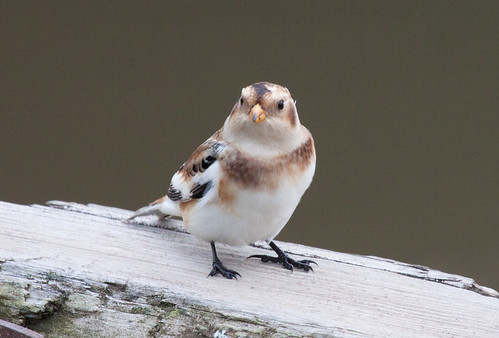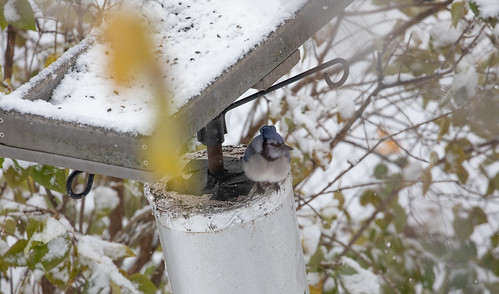This has been one of the hardest years of my lifetime for a great many people. It started out bad for me. On January 3, I had a heart attack. On my very first venture out when I was feeling up to it, on January 12, Russ drove me to the Sax-Zim Bog to see a Barn Owl—the first one I’d ever seen in Minnesota, much less in St. Louis County. I was thrilled to see it, but then that very day the poor thing died, too far north of its range to survive.

And then on February 26, my Uncle Bill died. We made our one and only road trip of the year to attend his funeral in Chicago on March 6, when the pandemic was already taking a horrific toll in Italy but not quite kicking in yet in the United States. By the end of the month, it was starting to rage in New York City, where my daughter Katie lived. She was pregnant, so I was doubly terrified for her, and incredibly sad because as things were shaping up, we knew visiting them be impossible during the pandemic, Russ and I both being too high risk what with our age, both of us having had cancer, and my two heart attacks. Then my son Joe got furloughed from his job at Disney World. He’d still be on medical insurance but with no income for months, and no way he could come home to Minnesota for the duration. Yes, this was a terrifying and difficult year.
But by late March, living in Brooklyn was getting too much for Katie and Michael. Both of their workplaces were fine with them working from home, even if that home was in Minnesota, so at the end of the month, they packed up and drove from New York to Duluth. Working out the logistics for travel was tricky—they’d absolutely have to stop for one night, but one of their friends offered them a safe place to stay north of Chicago where no one would be home. The most dangerous parts of the trip were stopping for gas and restrooms and walking their dog, but they worked out safe protocols.
When they arrived here at the start of April, they quarantined for two weeks. It was hard on us only being able to see each other through the window, and harder on their poor dog Muxy who just could not understand why she couldn’t see Pip or go into the back yard—two weeks seems way longer to a dog than to a person who understands what’s happening.

But ever since we pulled down the plastic barrier to the hallway, we’ve been one household. The only change in our household composition since April was when Walter arrived on the scene.
Katie and Michael have done all their own shopping by mail and with curbside pickup. Russ still goes into our grocery store every week or two during their early morning “senior” hours, always wearing a mask, always following the one-way aisle arrows, and always keeping his distance from other shoppers. When packages arrive, they are quarantined in the basement for 6 days unless it’s something urgently needed or perishable—then it’s sanitized first. Mail that must be opened within 6 days goes into the oven at 150 degrees for an hour first. I’ve been amazingly lucky to live with people who are not only committed to doing things the safest way possible but who do the hard research to decide what protocols are safest.
Everyone seems to realize that I’m the over-friendly Joe Biden-type person of the family, so if I need to drop off something at the post office or anything like that, one of them does it for me. I went to cardiac rehab up until April, and then for a brief time in September and October until state and local case numbers got scary again.
Now I’m back hunkered down at home, doing aerobic exercises just about every day on my own. I’m very grateful to Jane Fonda and to the fact that I’m missing whatever boredom gene there might be that makes most people get tired of doing the exact same thing day after day—I have probably done the aerobics part of the Jane Fonda Complete Workout a thousand times over the years and yet never seem to mind doing it yet again, day after day. Thanks to cardiac rehab’s phone visits through summer, including a consultation with their dietician, and to Jane Fonda, I’ve lost more than 15 pounds since my heart attack and am probably in better shape right now than I was in years. They also designed exercises to help me build up my upper body strength and balance to get my body ready for helping with a baby.

I’d been getting my hair colored since my 40th birthday, but with the pandemic, the gray grew out millimeter by millimeter, and when cases were still low in early October, went to my hairdresser, who is diligently following all the best practices; she cut off all the brown. My haircut will grow shaggier for the duration, but at least I’ve lost the sharp color demarcation.
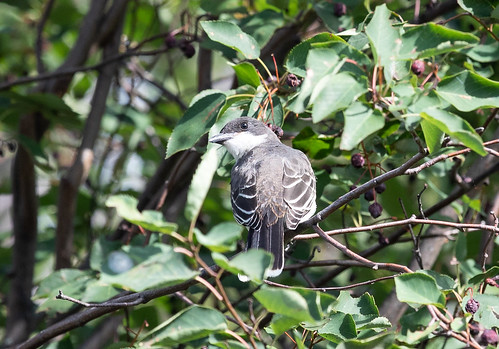
I went birding at Park Point once in early August, and although I ran into one other birder, I remembered to socially distance and wear a mask.
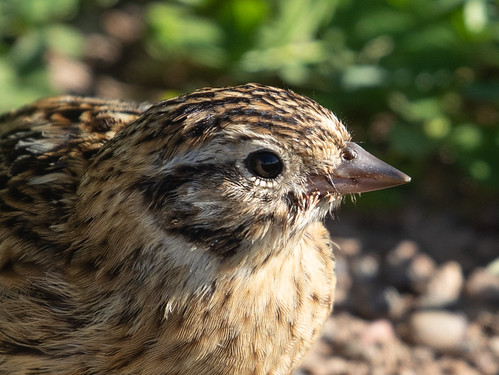
That still felt risky to everyone, including me, so when I went up to the McQuade boat landing to see Smith’s Longspurs in September, and when I went to the Sax-Zim Bog for World Birding Weekend in October, Russ came along. Otherwise, I’ve not been more than a block or two from my house at all, and I’ve spent more than 99 percent of my time since March in my house or my own backyard.
My son Joe is back at work, but this has been a horrible year for him. It was hard enough to endure so many months with no income, but he also lost his wonderful cat Boots who was a part of his life for over 15 years. I’m filled with gratitude for technology—thanks to Zoom, we can at least see our son, and he can see and hear his baby nephew. Virtual visits are not nearly as wonderful as real-life visits, but they’re much, much better than phone calls.
Ironically, despite how horrible 2020 has been and how much I miss my firstborn son, it’s also been one of the best years of my life. I had my cataract surgery last December, and because those cataracts were congenital, my vision has never been clearer or colors more vivid in my life.

All my speaking gigs for the year were cancelled, which was disappointing not only for missing wonderful travel and birding opportunities but also because those are my primary source of income. But that gave me the motivation to develop new skills, and I’ve been doing presentations via Zoom since summer. I’m extremely grateful for the many wonderful people whose financial support via Patreon and direct donations is making this possible.
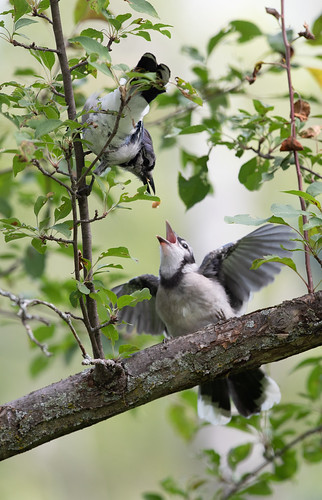
Even as I’ve missed traveling and seeing the assortment of birds I’d be enjoying in a normal year, I’ve found unexpected birding delights here at home. For the first time ever, all spring and summer I made almost daily recordings of my backyard birds. Some of them turned out beautifully, and are lovely to listen to now as winter settles in. Normally when I am home in spring I’m so busy catching up in between trips that I don’t pay close attention to my everyday birds. This year I got to closely watch three families of chickadees, two families of Blue Jays, and one family of crows, all for well over a month after the young had fledged. The crow and jay parents came to rely on me to give them peanuts, and that meant they approached very close for photos.
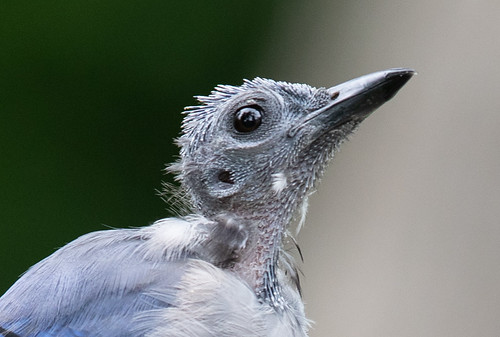
I’ve long read about how some Blue Jays go through a bald stage during the summer molt and my own education Blue Jay Sneakers always molted all her head feathers at once, but I never took photos of her during that time. This summer, I got wonderful photos of one Blue Jay parent before, during, and after that bald stage, and got lots of photos of the parents feeding their fledglings. My crows raised four young, and the family of six came regularly when I whistled and put peanuts in my tray feeder.
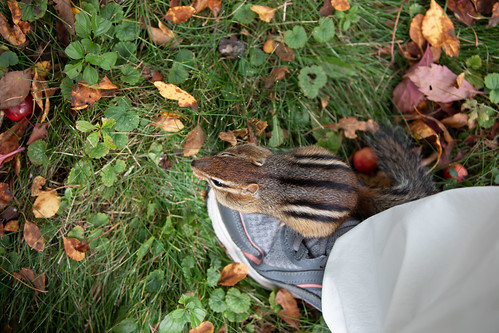
I paid closer attention to my backyard House Wrens and Brown Thrashers than ever before, developed a friendship with a chipmunk, set up a few trail cams that got nighttime photos and video of a flying squirrel and a Great Horned Owl, and now I’m seeing a red squirrel—a very rare thing on Peabody Street.

I’m not only lucky to have enjoyed all these avian and mammalian riches—I’m lucky enough to have the kind of personality that doesn’t require novelty to be contented and even outright happy. As much as I love travel, I find a lot to be joyful about even on days when I see little more than chickadees and Blue Jays. Many of my friends have a fundamental need to see lots of exciting birds, in lots of places, to feel contented. This has been a hard year for them.
Meanwhile, I’m showing baby Walter birds and squirrels and bunnies out the window. He isn’t quite ready to focus on active tiny birds like chickadees, but does sometimes track pigeons and Blue Jays. Yesterday I was holding him at the window when a gorgeous red fox walked by. Walter is at that wonderful smiling stage now, and I can’t hold him or look at him without feeling rich beyond measure.
And so this Thanksgiving, even as I’m sorely missing my son, I’m filled with gratitude for my whole family, for the wealth of birds and mammals visiting my yard, for the photos, video, and sound recordings I’ve gotten this year, and for the treasured listeners and blog readers who shared wonderful bird stories from their neck of the woods. Knowing how isolated my son and many of my own friends and relatives are, and having friends who have lost family members to this horrible disease, I know how exceptionally fortunate I am this year. Gratitude is baked into Thanksgiving, and I’m feeling grateful beyond measure.

